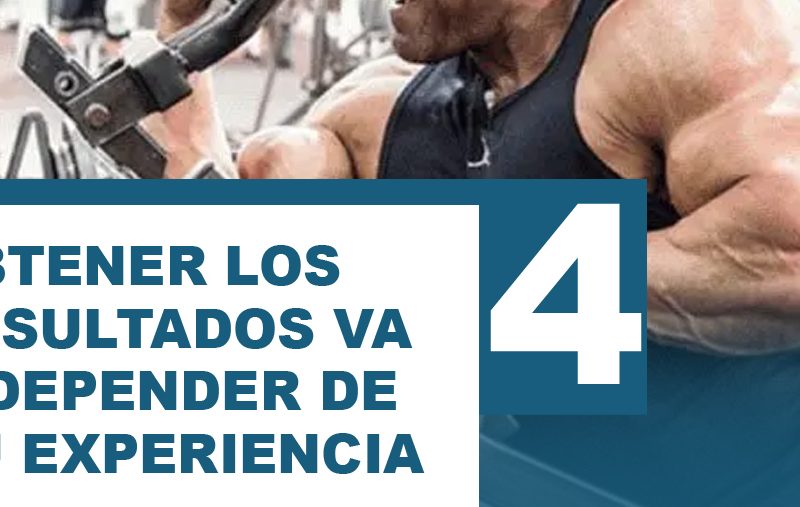You always want the best training program , but which is better: the science of gyms or the science of laboratories?
Have you ever thought about combining the best of each one to develop a training program that works best for you during your season?
The term “Bro Science” in English or what is related to the science of gyms can be defined as deviant concepts that are contrasted with scientific knowledge, both in nutrition and training.
A part of those who start to train hard, go to the gyms to take the world ahead, seeking to gain strength and / or muscles, however, with regard to exercise physiology, the vast majority of Recreational athletes participate in what may be called a modified strength program.
Without guidance, many beginners are not part of the proper strength-building program, nor are they part of the proper muscle-gaining program.
But which program is better?
Well, there are many of them, which have a great foundation, collected from the experience of years and years of bodybuilding of many renowned athletes.
The simplest answer for a beginner or intermediate athlete would be to “mix all methods or principles” or develop that traditional and innovative way that is part of the science of exercise called periodization.
The whole point of all this is that when muscles are used, they adapt and change. The changes depend on the type of activity and the types of muscle fibers used, the load exerted on the muscle, and the speed and duration of the contraction.
Muscle hypertrophy is an example of muscular adaptations and changes.
Muscle hypertrophy occurs primarily through high intensity, chronic anaerobic endurance activity, to put it scientifically.
A well-designed training program provokes neural adaptations, which result in changes in muscular endurance and muscular strength and, finally, in the size of the muscles, which also depend on the nutrition of peri-workout.
Training program : what comes first?
Before starting or wanting to go to the gym, we would like you to understand better what this is all about and, we are not talking about hypertrophy or weight loss or some other goal, but what to do before starting a training program .
In sports or when doing bodybuilding, periodization means that you will be going through different phases over the course of three months to a year (depending on your goals, competition season, etc.) and in each phase you will incorporate a technique of training to continue, forcing the body to adapt / improve.
The idea is that you reach your peak or be at your best when you get to compete (or have vacations or, an event or, for the following summer).
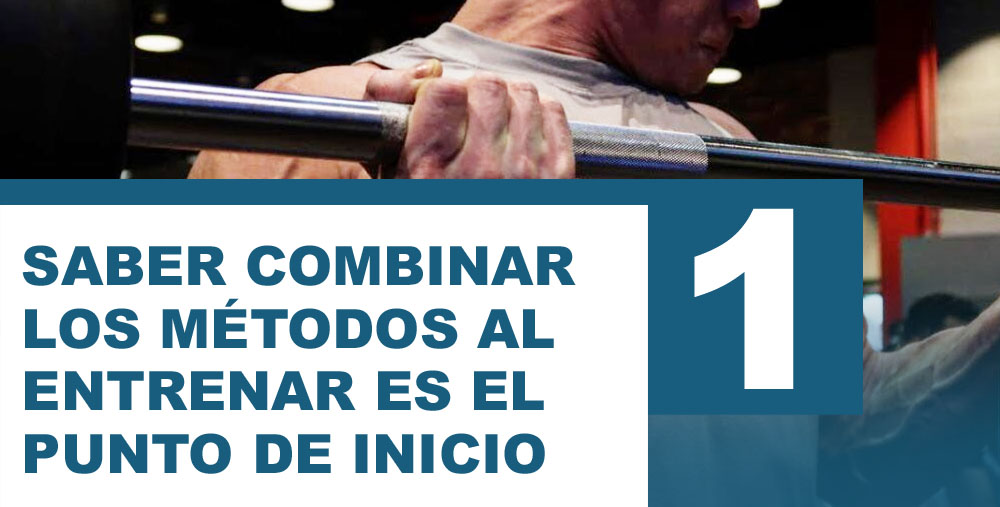
First of all, the new techniques are based on some of the basic principles of exercise science, mixed with the experience of the best bodybuilders, in addition to a series of opinions on what leads to muscle growth.
Are these pro bodybuilders and fitness gurus wrong then?
- Far from that, the human body is extremely complex and what they have done is take traditional exercise science techniques and modify them to make them applicable.
Training program : do you follow up?
To begin with, if you are aware that you want to progress and, ever, increase your level to remain recreational or competitive, you should keep track of your progress.
What you should avoid is simply going to the gym and calculating how much you should lift each set, or doubling the sets you have done in the past, do you understand?
The ideal way to approach a workout is with knowledge of what you have done in the past and with a plan to progress, which does not mean simply increasing your weight or repetition values, series, circuits, etc, etc.

If you never track your progress and if you don’t have some kind of benchmark to refer to what you’ve done in the past for a specific exercise, how do you know you’re improving?
Regardless of whether or not you work with a trainer in a personalized way, you could improve a lot if you start planning what your training program would be with its variables and its periods / methods.
Training program : the variables?
Well, before discussing those methods, you should look at the most important variables to keep in mind as you start training.
Because you want to accelerate your size gains instead of spending more time than necessary, research clearly shows that there are certain ways to train that are more effective than others.
More specifically, some exercises are better than others, some loads are more optimal for developing maximum size, and certain training styles and training volumes can put you on the path to muscle growth, regardless of your biological individuality, every time. whether you are a beginner or intermediate.
To be clear, all the apparent “rules” here can be broken and still successful, but before leveling up, build a good foundation.
Here we show you how to correctly manipulate your variables within your training program so that your progress is more effective.
Variable 1: intensity “moderate”
Training intensity is possibly the most important exercise variable for stimulating muscle growth.
Commonly expressed as a percentage of your single rep max or 1RM, intensity equals the number of reps you can perform with a given weight; the heavier the weight, the fewer reps you can do, but this is a biological phrase.
- Moderate rep ranges of 6-12 per set have been shown to optimize the hypertrophic response, with loads below 65% of 1RM not considered sufficient to optimize muscle growth. [1] / 2
- Studies with intermediate bodybuilders performed with multiple sets of 6-12 repetitions have shown increases in metabolites after exercise, such as lactate and hydrogen ions, which have a significant impact on anabolic processes [1].
Muscle damage is also related to muscle pain, as is mechanical tension, because although some damage can help maximize gains
However, the goal should not be to cause excessive muscle damage as it can lead to slower recovery.
Excessive damage disrupts the quality and volume of your workout.
Both testosterone and growth hormone are raised to a greater extent in a training program that uses sets of 6-12 reps compared to high intensity sets that use lower rep ranges .
This range is ideal for causing fatigue across the entire muscle fiber spectrum, maximizing increases in muscle size [3].
Is there a time and place for strength training with fewer reps?
- Of course, but if your goal is muscle size, moderate reps most of the time will lead to more predictable results.
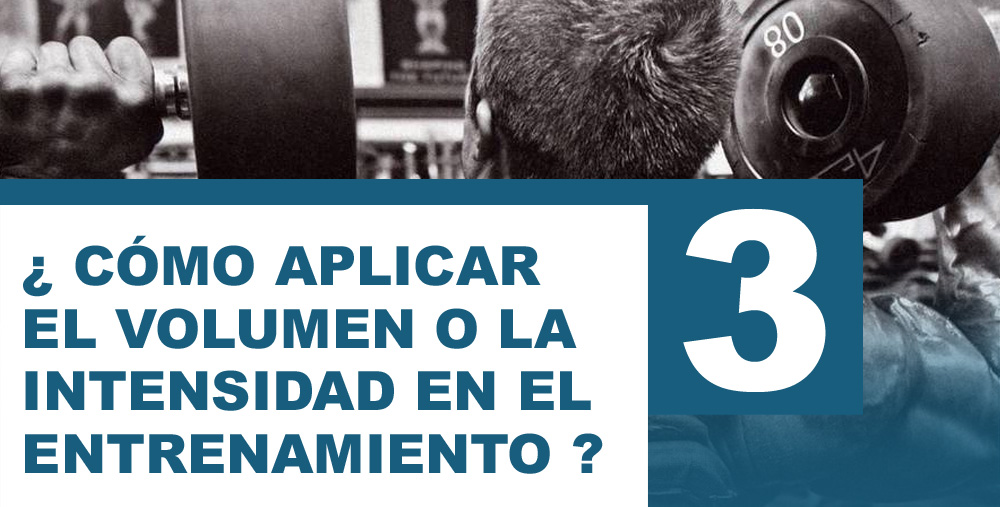
Variable 2: “high” volume
Higher volume multi-set protocols have been shown to be superior to single sets in terms of muscle hypertrophy [4].
A high-volume training program that generates a significant amount of glycolytic activity raises hormone levels.
In this case, testosterone and growth hormone levels are impacted to a greater extent than low-volume routines [5].
For this reason, a split session, in which you perform multiple exercises for a specific muscle group, may be more beneficial for a hypertrophic response compared to full-body routines.
Split sessions allow you to focus on one or two muscle groups per workout, maintaining total weekly volume, but with fewer work sets per session compared to a full-body workout.
As you will work each muscle group only once or twice a week, you will also have a longer recovery period, provided you are properly nourished.
Spacing the training of body parts can allow the use of heavier training loads in each workout.
This generates greater muscle tension (a marker of hypertrophy), potentially increasing the acute anabolic hormonal response.
Variable 3: selection of exercises
When it comes to muscle size, multi-joint exercises are key and we all know this… it simply requires more than one joint to work simultaneously to move a load…
Complex exercises (multi-joint) recruit a large amount of muscle mass, which has a great impact on hormonal response [6].
This does not mean that you cannot include single-joint movements in your training program .
- These so-called isolation exercises are great for targeting back muscles and improving muscle symmetry.
- But also, targeting individual muscles can elicit different patterns of neuromuscular activation, and targeting yourself can increase overall muscle development [7].
Well, from this perspective, you save some time in your training with push-ups, leg extensions or bicep curls, but if muscle hypertrophy is your goal, don’t make them your main exercises.
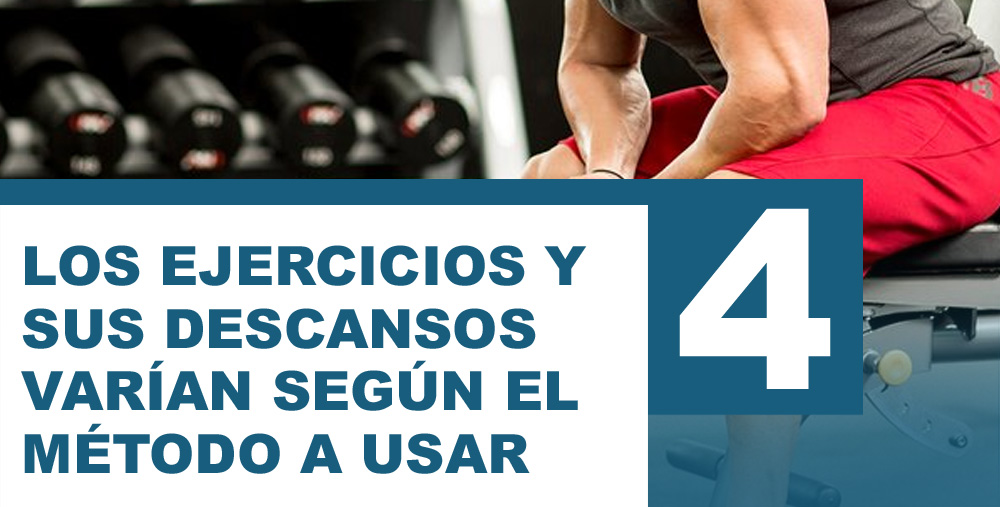
Variable 4: the interval of rest
Rest intervals between sets can be classified into three categories:
- Short: 30 seconds or less.
- Moderate: 60-90 seconds.
- Long: 3 minutes or more.
Short recovery periods do not allow enough time to regain muscle strength in order to continue training hard.
On the other hand, prolonged rest intervals compromise metabolic stress, another marker of hypertrophy.
Moderate rest is best to maximize hypertrophic response.
Compared to short and long rest periods, moderate rest intervals are associated with greater metabolic accumulation.
This leads to a large increase in anabolic hormones after exercise which is one of the key moments for hypertrophy [5].
Variable 5: muscle failure
Muscle failure is defined as the point during a set where a muscle can no longer produce the force necessary to lift the weight during one rep while respecting technique.
Training until failure (or technical failure):
- Activates a greater amount of muscle fibers,
- It also improves exercise-induced muscle stress (the third marker of hypertrophy), increasing the hypertrophic response [8].
You shouldn’t think about going to failure all the time in your training program , however you should add it in some training sessions to give the necessary shock and stimulate the muscles.
Progression, the key factor
Progressive overload must occur continuously to induce adaptations and changes that result in muscle hypertrophy.
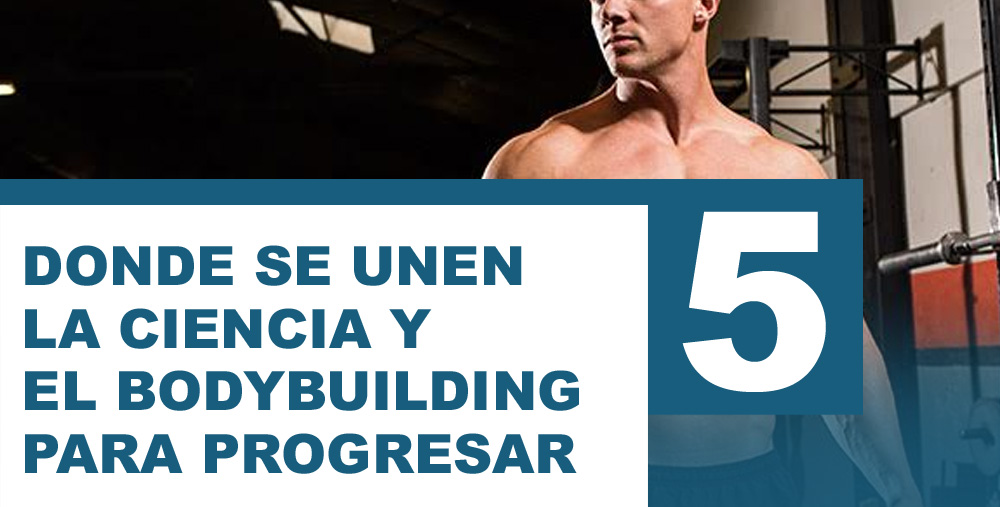
This can be achieved through several methods:
- Increasing the intensity of the exercise or the resistance / weight used while maintaining the same range of sets and repetitions,
- The increase in volume with a greater number of series and / or repetitions with the same or greater weight.
- A change in cadence (time under tension) and speed.
- The different rest periods.
- The grip and other variants.
Obviously in this the frequency of the training plays a lot, as well as the variants of the exercises, which must be included over time, always trying to avoid overtraining and plateaus.


